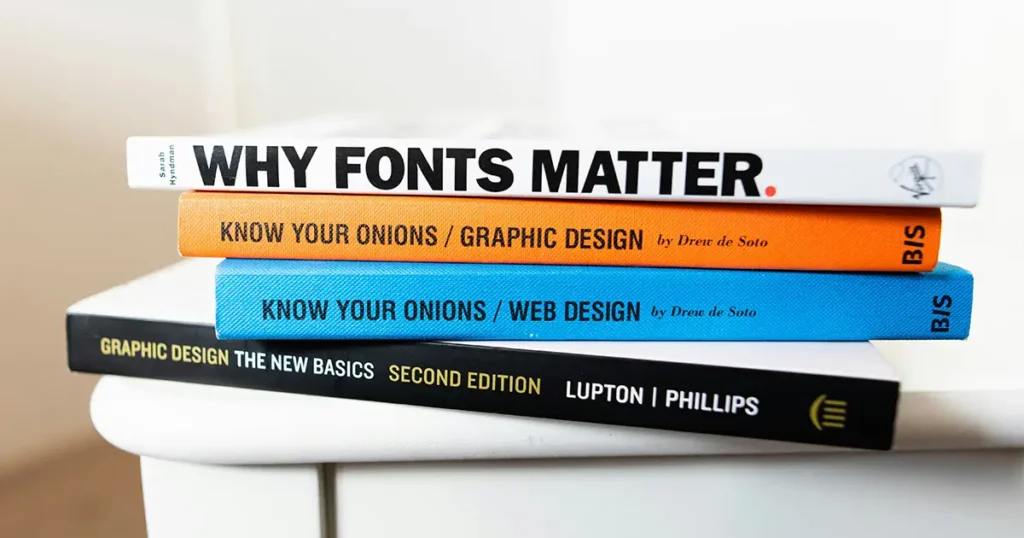
Typography is more than just choosing letters to convey a message; it is a powerful tool that can shape the way people interpret and engage with content. Fonts have the ability to evoke emotions, create visual hierarchies, and guide the flow of information. In visual storytelling, typography becomes an essential element that helps communicate mood, tone, and context.
One of the most critical roles of typography is setting the tone for a piece of design. For example, a bold, modern sans-serif font can convey a sense of strength and innovation, perfect for tech brands or corporate communications. On the other hand, a delicate serif font might be used for a high-end luxury brand, evoking elegance and tradition. When telling a story visually, the choice of font can be the first step in communicating the right message to your audience.
Effective typography doesn’t just look good—it guides the reader’s eye through the narrative. Fonts with varying weights and sizes create a hierarchy that leads the viewer to focus on specific elements in a design. Headings are often larger and bolder to draw attention, while body text is more neutral, offering easy readability. This structure helps the audience digest information in a logical sequence, which is especially important when presenting complex stories or brand messages.
Fonts can stir emotions and shape perceptions instantly. For instance, a handwritten script font might elicit feelings of warmth and personalization, often used for invitations or creative projects. On the contrary, a geometric typeface with sharp angles might evoke a sense of precision and order, suitable for industries like architecture or engineering. The emotional impact of typography allows designers to reinforce the storytelling experience, ensuring that the visual design aligns with the narrative’s emotional core.
In branding, consistency in typography is key. A brand’s choice of typeface becomes a vital part of its identity, working alongside colors, imagery, and logos. The repetition of the same font style across different platforms strengthens the brand’s storytelling by creating familiarity. This consistency not only reinforces the brand’s voice but also builds trust with the audience over time.
In visual storytelling, typography is not merely decorative—it’s a strategic element that conveys meaning and emotions. Whether you are designing a brand identity, crafting a marketing campaign, or creating editorial content, the font you choose plays a crucial role in shaping the audience’s perception and understanding. By leveraging the power of typography, designers can enhance their storytelling, creating visual experiences that resonate on a deeper level.